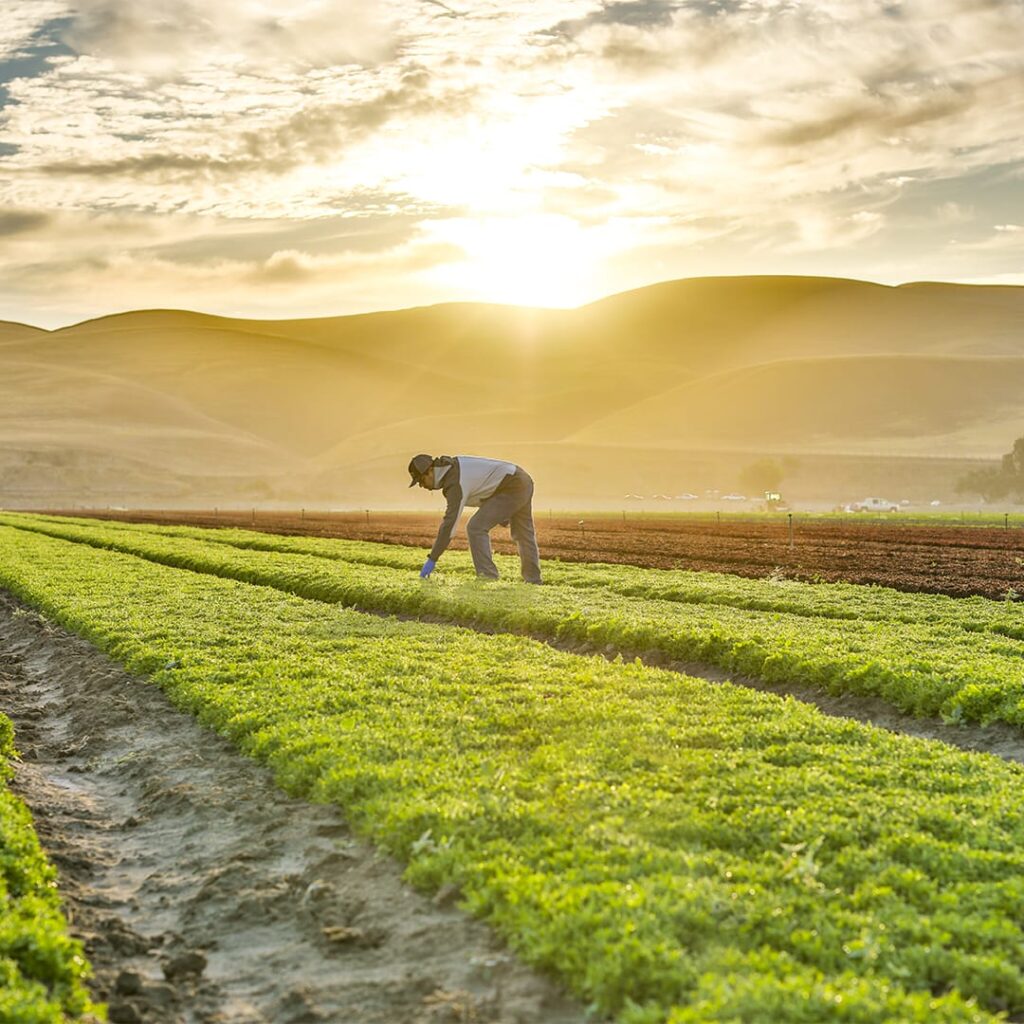Note4Students
From UPSC perspective, the following things are important :
Prelims level: NA
Mains level: global Food security challenge
Context
- The Hunger Hotspots Outlook (2022-23) a report by the Food and Agriculture Organization of the United Nations (FAO) and the World Food Programme (WFP) forebodes escalating hunger, as over 205 million people across 45 countries will need emergency food assistance to survive. 16 October is celebrated as World Food Day.
What is the current situation of Food security worldwide?
- Adverse impact of COVID 19 pandemic: Globally, food and nutrition security continue to be undermined by the impacts of the COVID 19 pandemic, climate change, spiralling food inflation, conflict, and inequality.
- Challenge of Severe hunger continues: Today, around 828 million people worldwide do not have enough to eat, and over 50 million people are facing severe hunger.
What are the challenges for ensuring food security?
- The challenge of Climate change: Recent climate shocks have raised concerns about India’s wheat and rice production over the next year. Therefore, it is important to place a greater focus on climate adaptation and resilience building.
- Rising population will need more resource: By 2030, India’s population is expected to rise to 1.5 billion. Agro food systems will need to provide for and sustainably support an increasing population.
- The challenge of Soil degradation: Nutrition and agricultural production are not only impacted by climate change but also linked to environmental sustainability. Soil degradation by the excessive use of chemicals, non-judicious water use, and declining nutritional value of food products need urgent attention.
How India managed its food security?
- Constant efforts towards Self-sufficiency: India has had an inspiring journey towards better production and achieving self-sufficiency and is now one of the largest agricultural product exporters. During 2021-22,it recorded $49.6billion in total agriculture exports a 20%increase from 2020-21.
- Efficient targeted public distribution system: One of India’s greatest contributions to equity in food is its National Food Security Act (NFSA)2013 which anchors the Targeted Public Distribution System (TPDS), the PM POSHAN scheme (earlier known as the Midday Meals scheme), and the Integrated Child Development Services (ICDS).
- Extensive food safety net: Today, India’s food safety nets collectively reach over a billion people. The WFP works with State and national governments to strengthen these systems to reach the people who need them most.
- Large scale digitization of programmes: The Government continues to take various measures to improve these programmes with digitisation and measures such as rice fortification, better health, and sanitation.
- Better buffer stock policy: Food safety nets and inclusion are linked with public procurement and buffer stock policy visible during the global food crisis (2008-12)and the COVID19 pandemic fallout, whereby vulnerable and marginalised families in India continued to be buffered by the TPDS which became a lifeline.
- Successful implementation of PMGKAY: An International Monetary Fund paper titled ‘Pandemic, Poverty, and Inequality: Evidence from India’ asserted that‘ extreme poverty was maintained below 1% in 2020 due to the Pradhan Mantri Garib KalyanAnna Yojana (PMGKAY
How India and World can manage food security?
- Avoiding conventional input intensive agriculture: There is increased recognition to move away from conventional input intensive agriculture towards more inclusive, effective and sustainable agro food systems that would facilitate better production.
- Promoting sustainable practices: Since 1948, the FAO has continued to play a catalytic role in India’s progress in the areas of crops, livestock, fisheries, food security, and management of natural resources through the promotion of sustainable practices.
- Focus on millets: Millets have received renewed attention as crops that are good for nutrition, health, and the planet. As climate-smart crops, they are hardier than other cereals. Since they need fewer inputs, they are less extractive for the soil and can revive soil health.
- India’s Efforts as an example: India has led the global conversation on reviving millet production for better lives, nutrition, and the environment, including at the UN General Assembly, where it appealed to declare 2023 as the International Year of Millets. It is the world’s leading producer of millets, producing around 41% of total production in2020. The national government is also implementing a Sub-Mission on Nutrition-Cereals (Millets) as part of the National Food Security Mission.
- G20 presidency an opportunity for India: India’s upcoming G20 presidency is an opportunity to bring food and nutrition security to the very centre of a resilient and equitable future.
Conclusion
- India can lead the global discourse on food and nutrition security by showcasing home grown solutions and best practices, and championing the principle of leaving no one behind working continuously to make its food system more equitable, empowering, and inclusive.
Mains Question
Q.Food security has become increasingly challenging due to unpredictable weather conditions. Illustrate. How India can contribute to the global food security issue.
UPSC 2023 countdown has begun! Get your personal guidance plan now! (Click here)
Get an IAS/IPS ranker as your 1: 1 personal mentor for UPSC 2024




